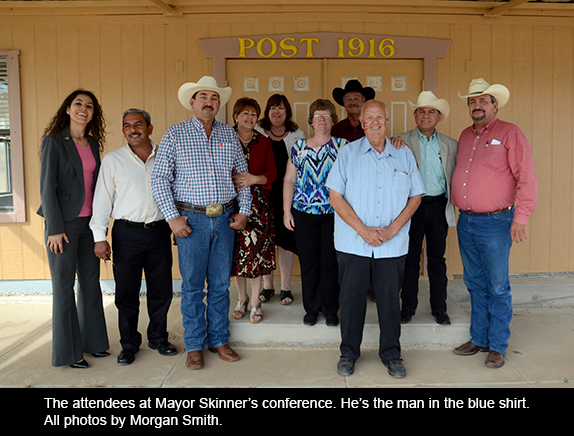
“Mexico is the draw and we’re along the way,” says Mayor Philip Skinner of the tiny village of Columbus, noting how the violence across the border in Palomas, Mexico and further south had cut into the number of visitors who passed through Columbus, thus hurting the local economy. He was speaking at a recent and historic meeting of local political leaders from both sides of the border, stretching from Silver City in the north to Casas Grandes to the south. The meeting took place in Columbus and he was the organizer and this driving force in this bi-national effort.
When I met with him back in May shortly after his taking office, I was skeptical. Could he bring local leaders together from two countries and, if so, could they find some common projects and goals for their struggling economies? But here it was September 13 and he had assembled:
Cynthia Ann Bettison, Mayor Pro Tem from Silver City, pop. 10,000
County Commissioner Jake Spivey representing Benny Jasso, the Mayor of Deming and his son-in-law, pop. 14,000
Mayor Skinner of Columbus, pop. 1,800
President Talaco Sanchez of Palomas, pop. 5,000
Presidente Humberto Baca Tena from Casas Grandes, pop. 10,000
Presidente Rubén Parra Rentería from Janos, pop. 11,000
Municipal Treasurer Victor Rodolfo Padrón from Nuevo Casa Grandes, pop. 60,000.
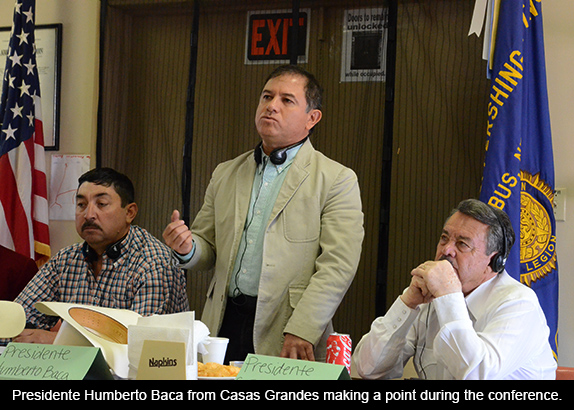
The facilitator was Griselda Martinez, a very capable doctoral candidate in economic development from New Mexico State University and the state of New Mexico was represented by Christine Logan from the Department of Economic Development. Louis Luna did a superb job of simultaneous translation.
One political candidate attended, Tom Bill Black running for State Representative District 32.
The economic needs of this region are obvious. Even as we were meeting, some one hundred people were waiting patiently a few blocks away at a food bank supplied by Loaves and Fishes, part of the Commodities Supplemental Food Program that covers poorer communities throughout that region of New Mexico. Poverty is also dominant in Palomas where groups like La Casa de Amor Para Niños, Border Partners, La Luz de la Esperanza and others have assistance programs.
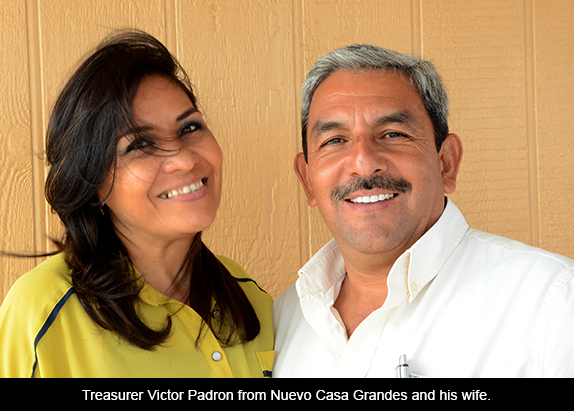
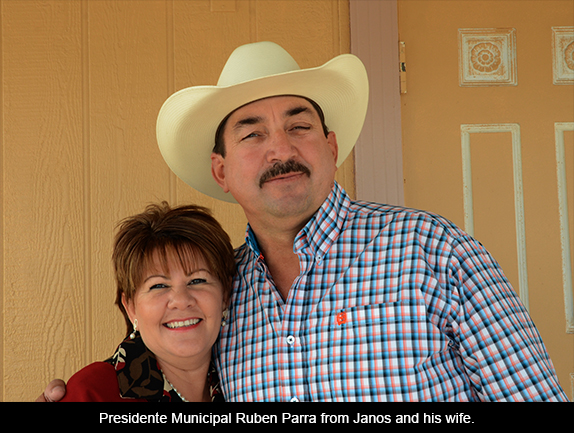
As Mayor Skinner surveyed the other communities, several positives emerged. First, security is much improved in Mexico. Increasing numbers of Americans are now crossing the border, although few venture farther south than Palomas. Second, population decline in most of these communities has ended and they are beginning to grow again. Third, there will be tremendous growth at Santa Teresa to the east and that might have some spinoff for this region. Fourth, there are important historical sites like the archaeological remains at Paquimé, a UNESCO world heritage site or the nearby pottery center of Mata Ortiz and the work of Juan Quesada and his family, the originators of modern Mata Ortiz pottery.
On the US side, Silver City has a thriving arts community as well as a strong university presence. Deming has its location on Route 10, the Santa Clara Winery, access to the Rock Hound State Park and agriculture. Columbus has the Columbus Historical Museum and the Pancho Villa State Park as well as the potential for retirees who want an inexpensive place to spend winters. Under Skinner’s leadership, it is hosting more events like the first Palomas- Columbus joint bi-national Fiesta Day which also took place on September 13. The other event that has increasing potential is the Cabalgata or cavalcade of horses that takes place every March as a way to unify the border in contrast to Pancho Villa’s raid of March 9, 1916.
The negatives, however, are powerful. The mine closing in Silver City, a lack of water generally for agriculture, remoteness from the dynamic El Paso-Santa Teresa area, the lack of an industrial base, a high level of poverty and, perhaps most important, the lingering image of danger along the border. For these reasons, the participants welcomed the idea of getting to know each other and attempting to find regional solutions or initiatives.
One key resource is the Pink Store in Palomas. Its highly visible location near the border, the excellent restaurant and the enormous collections of pottery, arts and crafts from all over Mexico make it truly unique. The store also offer tours to Mata Ortiz, Casa Grandes and even the Copper Canyon. In addition, it is the “gateway” to excellent and low cost medical services, particularly dental and eye care. For example, I went to the nearby American Dental Clinic several months ago; the waiting room was full of Americans and the services were superb.
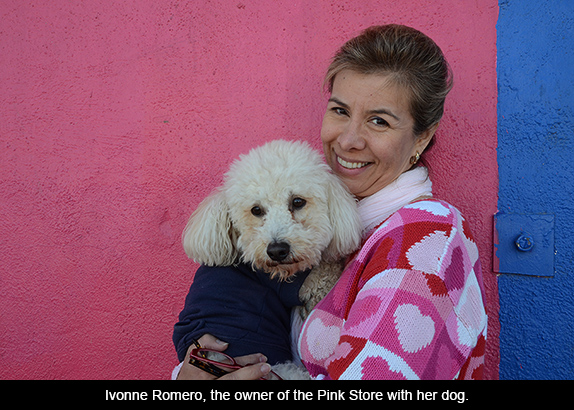
Most important, the Pink Store’s owners, Ivonne and Sergio Romero are the kind of dynamic, community oriented businesspeople who can lift a whole community. For example, they kept the Pink Store open during the most violent years when there were almost no customers, knowing that, in addition to their own employees, artisans all over the country were dependent on them. They believe that their community is now safe and I agree.
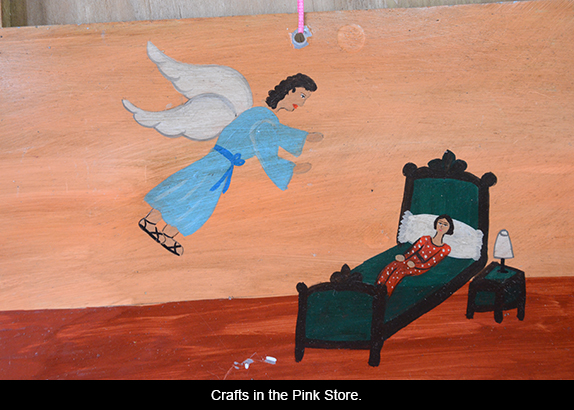
It may seem odd to look to the tiny village of Columbus located in the poorest county in New Mexico for new ways to rebuild economies but this local model is very impressive and Mayor Philip Skinner deserves the credit. A follow-up meeting is now being scheduled and I hope to be there.



Responses to “Rebuilding Economies on the Border”